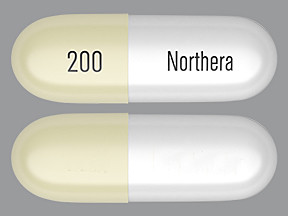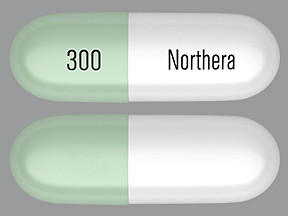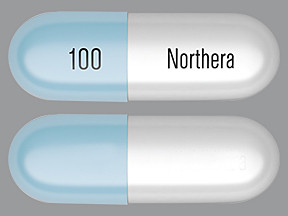DROXIDOPA - ORAL
PHONETIC PRONUNCIATION: (DROX-i-DOE-pa)
COMMON BRAND NAME(S): Northera
GENERIC NAME(S): droxidopa
Uses
USES: Droxidopa is used to treat symptoms of low blood pressure when standing, caused by a certain medical condition (neurogenic orthostatic hypotension-NOH). This medication can lessen symptoms of low blood pressure when standing (orthostatic hypotension), such as dizziness, lightheadedness, or the "feeling that you are about to black out." Droxidopa is used by people whose daily activities are severely affected by this condition, even after other treatments are used (such as support stockings, water bolus). It is thought to work by making the blood vessels become more narrow, which increases blood pressure.
How to use DROXIDOPA - ORAL
HOW TO USE: Take this medication by mouth as directed by your doctor, usually 3 times a day (morning, midday, and late afternoon). Swallow the capsules whole. You may take this medication with or without food, but it is important to choose one way and take this medication the same way with every dose. This drug is taken during daytime hours, when people stand most often. It should not be taken after the evening meal or less than 3 hours before bedtime. The dosage is based on your medical condition and response to treatment. To reduce your risk of side effects, your doctor may direct you to start this medication at a low dose and gradually increase your dose. Follow your doctor's instructions carefully. Use this medication regularly to get the most benefit from it. To help you remember, take it at the same times each day. Since it is unknown if this medication will work longer than 2 weeks, it should be continued only if symptoms continue to get better during treatment. Do not take this medication for longer than 2 weeks unless your doctor directs you to do so. Learn how to monitor your own blood pressure and share the results with your doctor. Tell your doctor if your condition does not improve or if it worsens.
Side Effects
Precautions
Interactions
Overdose
Images

- color
- light yellow
- shape
- oblong
- imprint
- 200, Northera

- color
- light green
- shape
- oblong
- imprint
- Northera, 300
Reviews
Faq for DROXIDOPA - ORAL
Droxidopa is an oral medication that is used to treat symptoms of neurogenic orthostatic hypotension (NOH). NOH is a condition characterized by a sudden drop in blood pressure upon standing.
Droxidopa works by increasing the levels of norepinephrine in the body. Norepinephrine helps to regulate blood pressure and stabilizes it when standing up.
Common side effects of droxidopa may include headache, dizziness, nausea, high blood pressure, fatigue, and irregular heartbeat. It is important to inform your doctor if these side effects become severe or persistent.
Droxidopa is typically taken orally, usually three times a day with or without food. It is important to follow your doctor's instructions and not exceed the recommended dosage.
It is essential to inform your doctor about all the medications you are taking before starting droxidopa. Some medicines may interact with droxidopa and cause adverse effects or reduce its effectiveness.
The safety of droxidopa during pregnancy has not been adequately studied. It is important to discuss the risks and benefits with your doctor if you are pregnant or planning to become pregnant.
Droxidopa is not specifically approved for use in children. It is crucial to consult with a pediatrician for appropriate treatment options for children with NOH.
The effects of droxidopa may vary from person to person. Some individuals may experience an improvement in symptoms within the first week of treatment, while others may take longer. It is important to have realistic expectations and be patient during the initial treatment period.
Abruptly stopping droxidopa may worsen your symptoms or lead to a sudden drop in blood pressure. It is essential to consult with your doctor before discontinuing the medication to gradually taper off the dosage if deemed necessary.
Warning
WARNING: This medication can increase your blood pressure when you are lying on your back (supine hypertension). Raising the head of the your bed lessens this risk. Your doctor will carefully monitor your blood pressure in this position before and during treatment, especially after a dosage increase. Your doctor may adjust or stop treatment with this medication if supine hypertension happens and cannot be managed by raising the head of your bed. If supine hypertension cannot be managed, it could lead to a stroke, heart attack, or even death. Talk with your doctor for details.
Disclaimer
IMPORTANT: HOW TO USE THIS INFORMATION: This is a summary and does NOT have all possible information about this product. This information does not assure that this product is safe, effective, or appropriate for you. This information is not individual medical advice and does not substitute for the advice of your health care professional. Always ask your health care professional for complete information about this product and your specific health needs.

No Reviews Yet